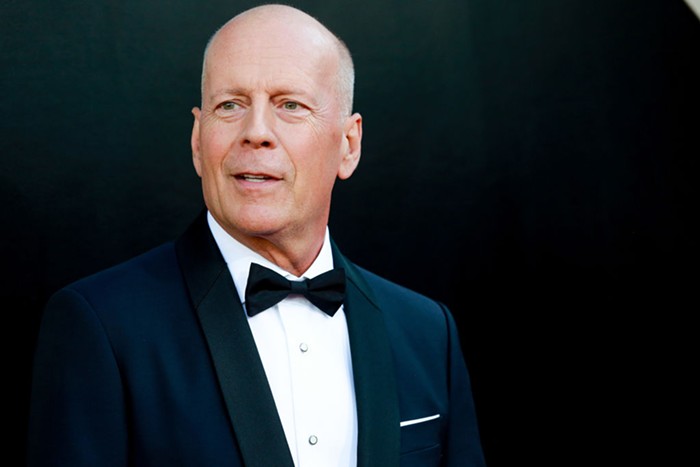
The Star Fox series is Nintendo’s guinea pig: Following 1997's Star Fox 64, every entry in the series is totally distinct. 2002’s Star Fox Adventures exchanged the first two games’ signature shoot-em-up gameplay for dungeon-crawling and turgid storytelling (the fact it bears no likeness to previous Star Fox games makes sense, as developer Rare had designed the game as a unique intellectual property before Nintendo's Shigeru Minamoto came a-meddling—it was then delayed from the Nintendo 64, to the GameCube, and released as a Zelda stopgap). 2005's Star Fox Assault was an attempt at expanding on what made Star Fox 64 so great, by combining aerial combat with on-foot missions—but the results were only half-fun. And the tactical Star Fox Command for the Nintendo DS was a recycled version of the cancelled Star Fox 2 for the Super Nintendo—a game Nintendo is still sneakily borrowing from, 21 years later.
Star Fox Zero—the first installment in the series since Command—is Nintendo apologizing for having spent the last 15 years farming out one of their most beloved franchises to less-than-capable developers. Co-developed with Platinum Games—the studio behind the critically-acclaimed Bayonetta—Zero takes a relatively safe route, though that’s pretty much all we’ve ever wanted from a Star Fox game.
Zero is a reimagining of Star Fox 64 in the same way Star Wars: The Force Awakens is a reimagining of A New Hope: The scope is much wider here, even if the set pieces and general arc are identical. Gone is the weird canon Nintendo tried to establish in Adventures (these are muppets; nobody cares about their love lives); instead, Zero’s story opts for good-versus-evil fundamentals: A crazed scientist takes control of the galaxy, kills main character Fox McCloud’s dad; Fox McCloud forms a mercenary squadron and sets off to save the galaxy, avenging his father’s death in the process. It is the Mattel Hero With a Thousand Faces.

What Zero lacks in narrative depth it makes for in what's likely the richest gaming experience Nintendo has offered this generation. Reproduced levels from Star Fox 64 are punctuated by completely new gameplay elements. In addition to the Arwing and the Landmaster—the series’ trademark aerial and land-based vehicles—the player now has the ability to transform their ship into a mobile walker in any area that takes place on a planetary surface. Some missions also utilize a new vehicle, the Gyrowing, a helicopter-like aircraft equipped with a hacking device. While the Gyrowing segments might not be as fun or memorable as the lightning-fast Arwing stages, they don’t upset the game’s overall pace in the same way that on-foot missions in Assault did.
But the most significant (and controversial) update from 64 is the ability to aim using the Wii U GamePad—this is more of an option in the on-rails portions of the game, but it's absolutely essential during dogfights. The interactivity between the TV screen and the controller lets the player control their vehicle on the screen while they control the vehicle’s laser canon independently via the GamePad. The game’s harsher critics have noted that this control scheme is flawed, but it’s purposefully complex—it might not be the most intuitive thing in the world, but neither is flying a fighter jet. Despite the sizable learning curve, it’s the first completely realized utilization of Wii U tech. It’s brilliant, even if it comes nearly four years after the console launched.

In July of last year, Nintendo president Satoru Iwata—the man responsible for bringing the company into a new age of technological relevance with the Wii and DS—died, and in March, Nintendo announced that it would be prematurely discontinuing the Wii U hardware. These are unprecedentedly ominous times for Nintendo, a company that has hit its fair share of snags over the years. With the Wii U, Nintendo intended to bridge the gulf separating Nintendo lifers from casual gamers that the Wii had won over. They did not succeed.
Star Fox Zero makes no attempt at appealing to casual gamers, and that seems to be its biggest point of contention. It is challenging, involved, and conservative—and a love letter to the hardcore crowd Nintendo has largely ignored since the N64 and GameCube days. Despite what you may have read elsewhere, Zero is one of the best games Nintendo has released in years. Hopefully, it isn’t among their last.












